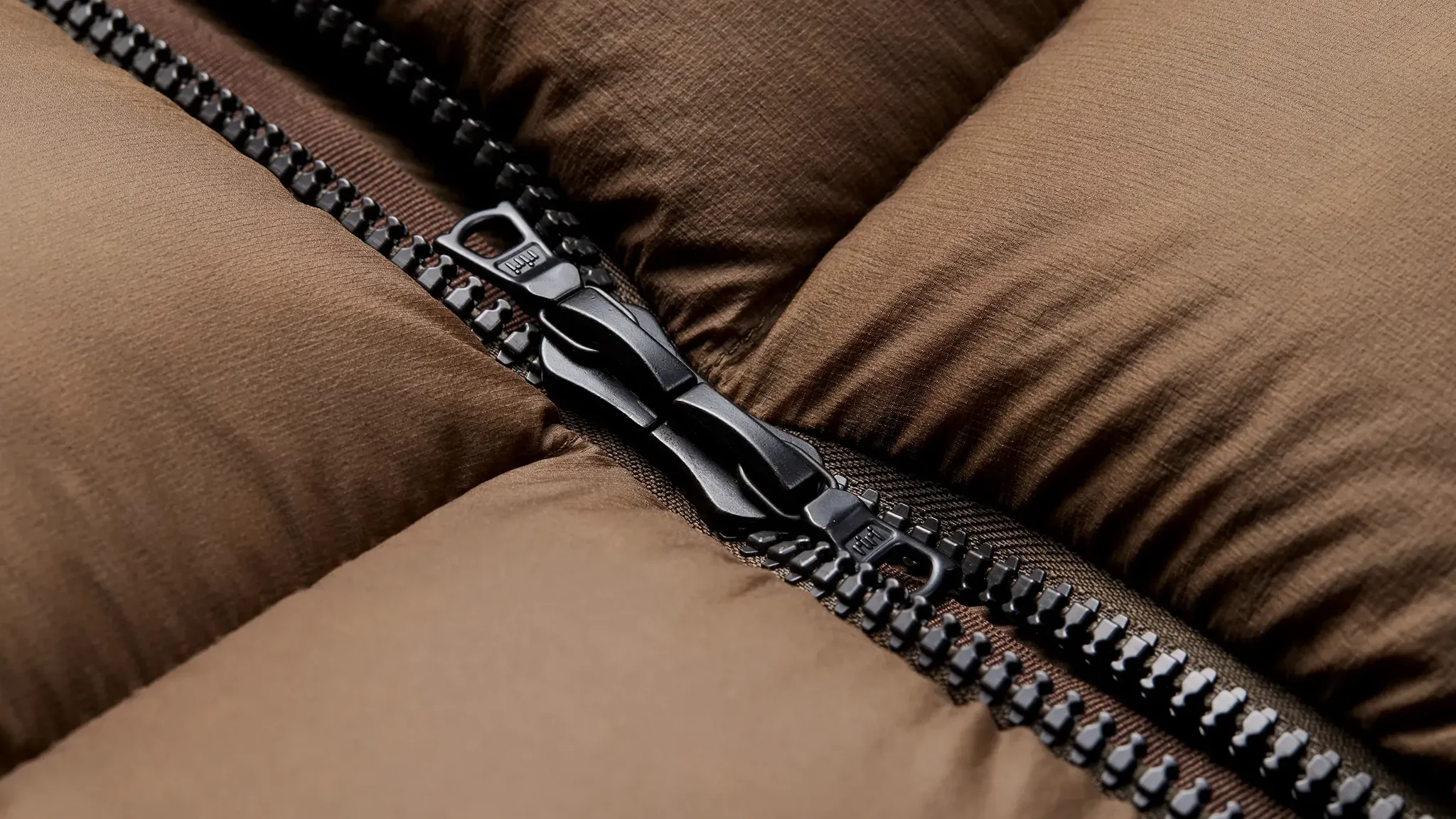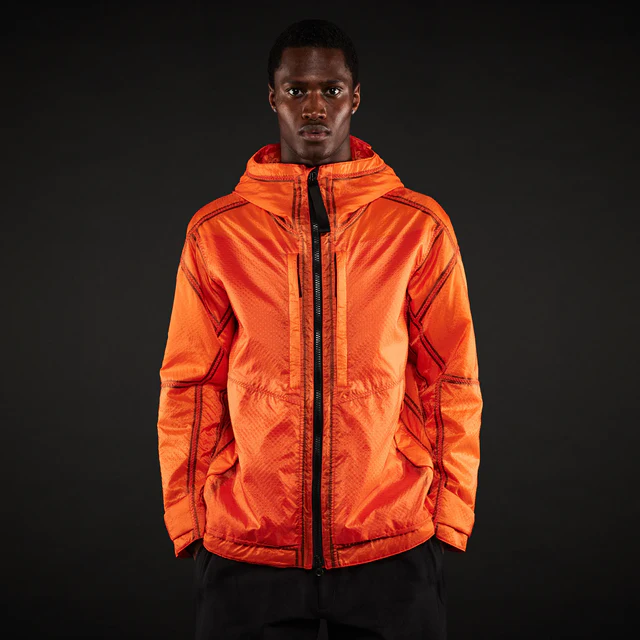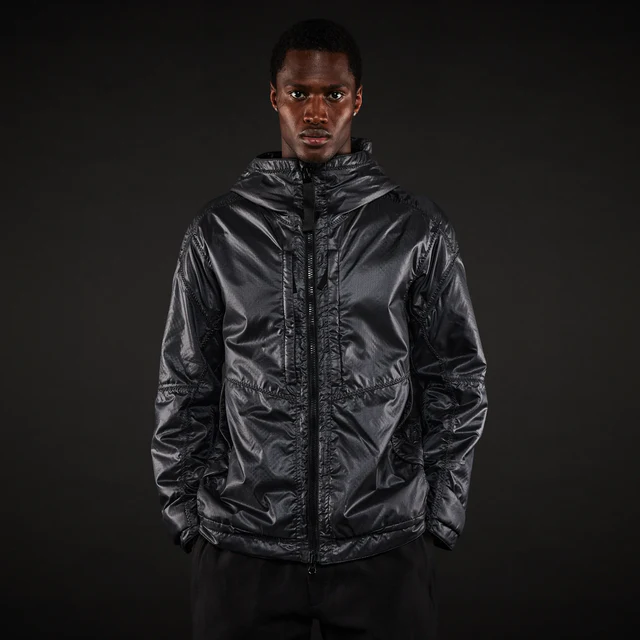Eiderdown Puffer - Fljót Valley edition
Filled with eiderdown hand-gathered by third-generation Icelandic eider duck caretakers.

- Gathered by hand in the Fljót Valley, northern Iceland
- The down is a by-product of a natural moulting process
The Eiderdown Puffer is filled with the lightest, warmest and rarest down on Earth. Sourced from a sanctuary of free-nesting eider ducks in the remote Fljót Valley in Iceland’s northernmost extremes, our eiderdown is hand-gathered by third-generation Icelandic eider duck caretakers. They collect the feathers only once the eider ducks have shed them naturally and have no further use for them.
Eider ducks are large seabirds native to northern Europe that spend 11 months of the year diving in icy waters for fish and shellfish. So their down has evolved to help them survive in some of the harshest conditions on the planet. It’s made of superfine feathers with microscopic hooks that latch onto each other, creating a cohesive network that traps air and repels water like no other material. It’s also thermoregulating – intelligently expanding and contracting as it responds to temperature changes.
Technical Details
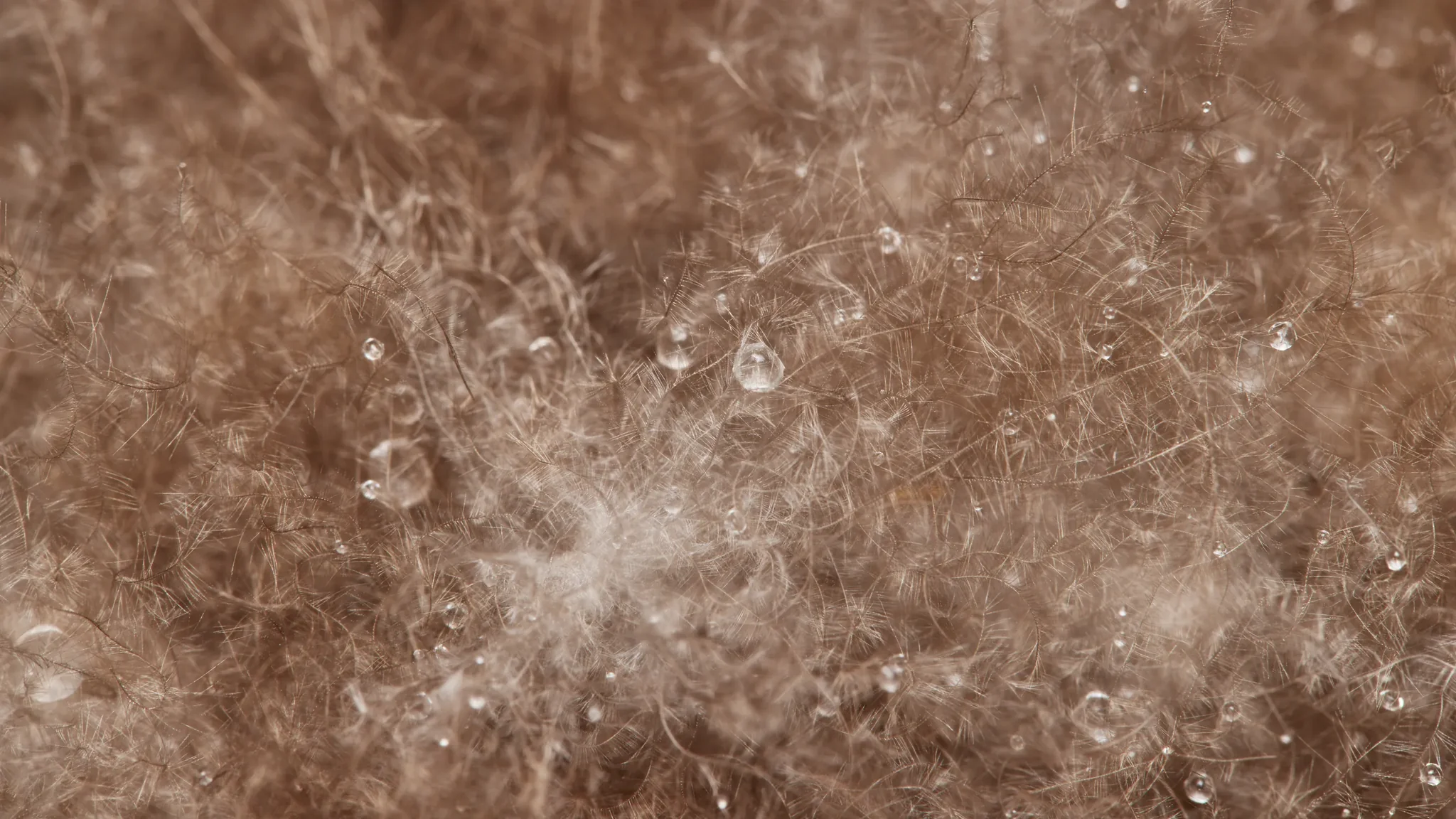

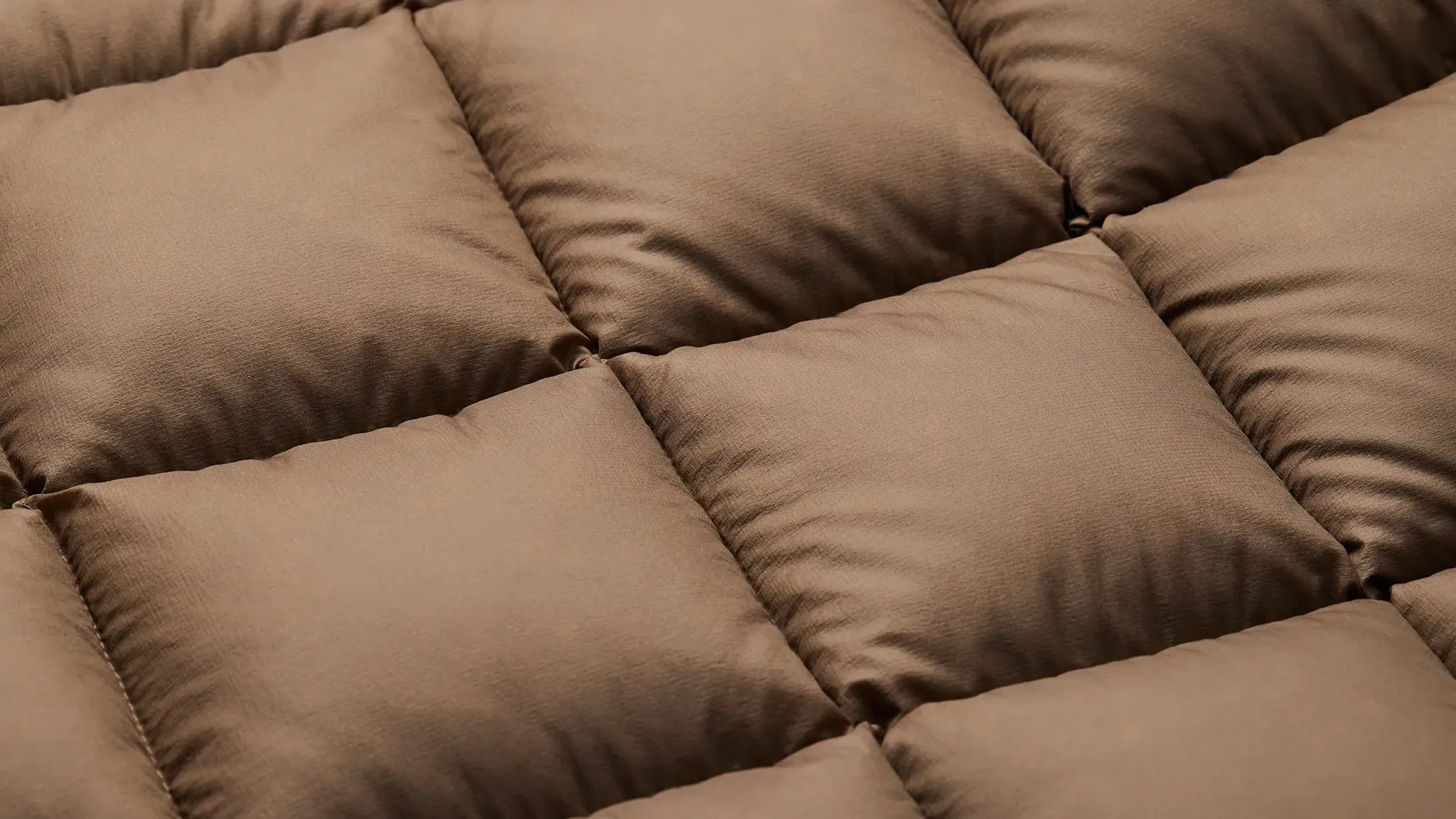
Eiderdown is the lightest, warmest, rarest, most high performance down on Earth.
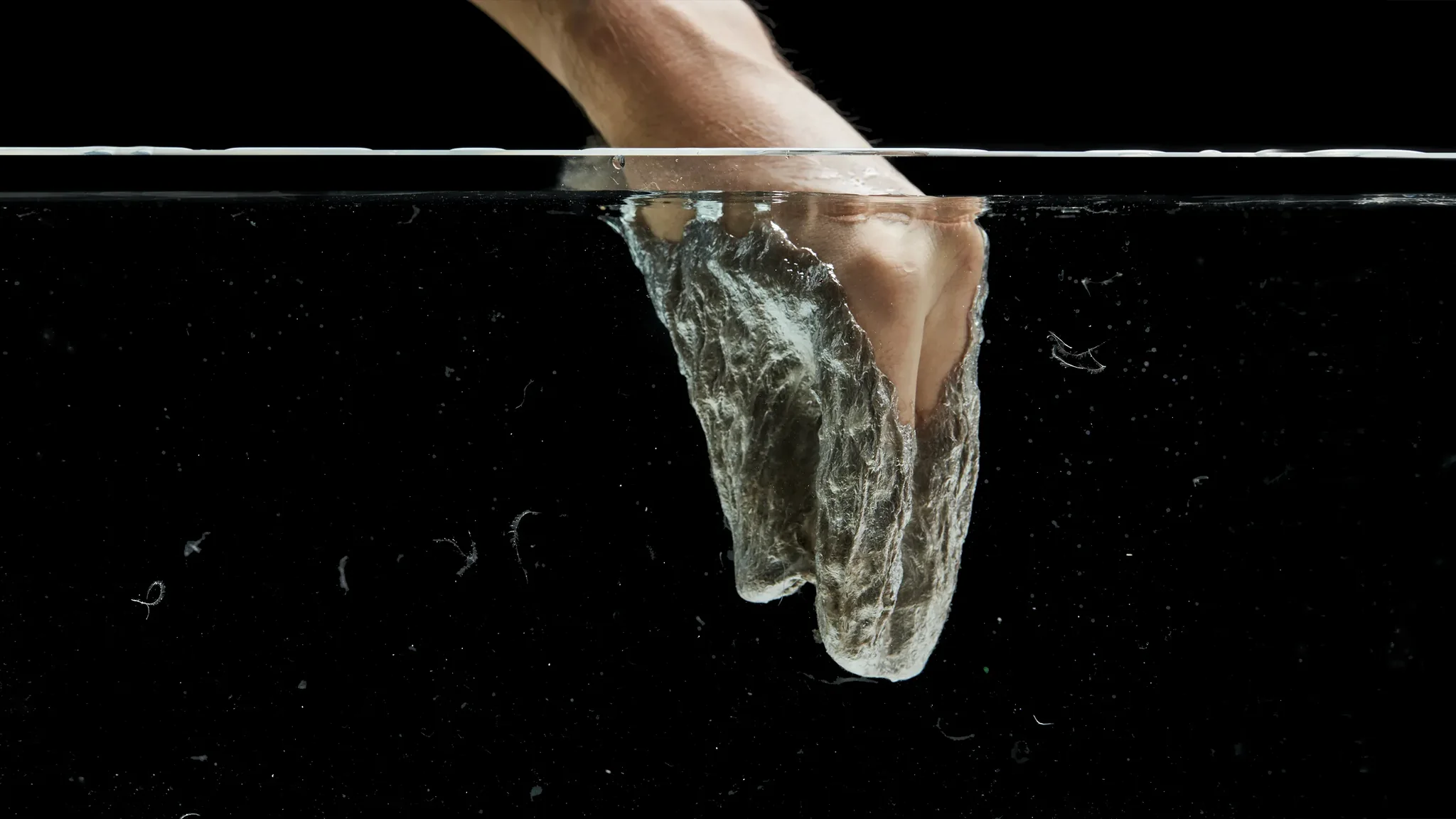

It takes 65 man hours, and 66 nesting ducks, to generate a single kilo of eiderdown.
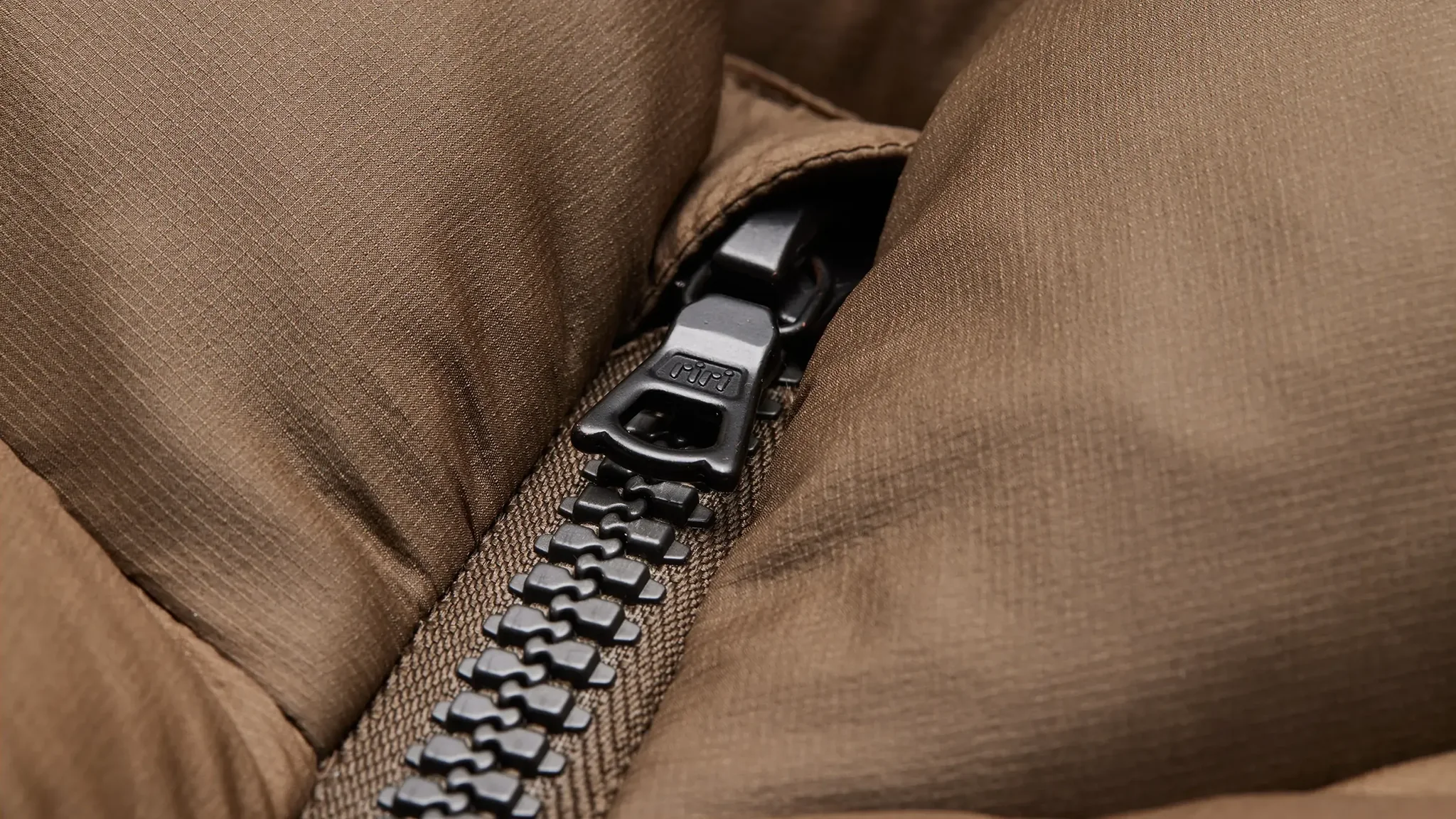

The eiderdown is hand collected by third-generation eider caretakers, after moulting from the birds’ underbellies.
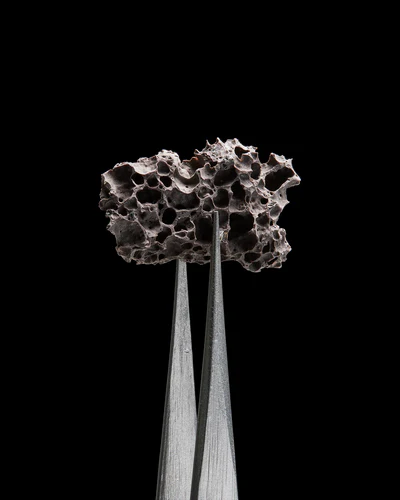
It’s dried using volcanic water
After the eiderdown is collected it’s cleaned in custom-made machines to remove any impurities, then dried on racks in ‘down houses’ heated by volcanic water held at a steady 55°C. Iceland’s abundant geothermal and hydroelectric energy reserves allow them to sustainably pump 1 tonne of water through this room every 24 hours to maintain the temperature needed to dry the eiderdown.

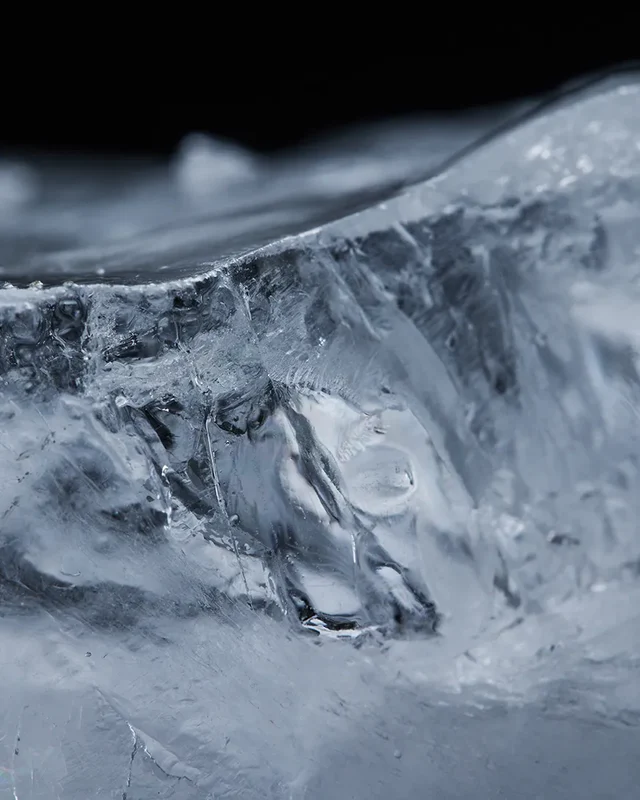


Our eiderdown comes from a small area called Hraun in the remote Fljót Valley in Northern Iceland.

